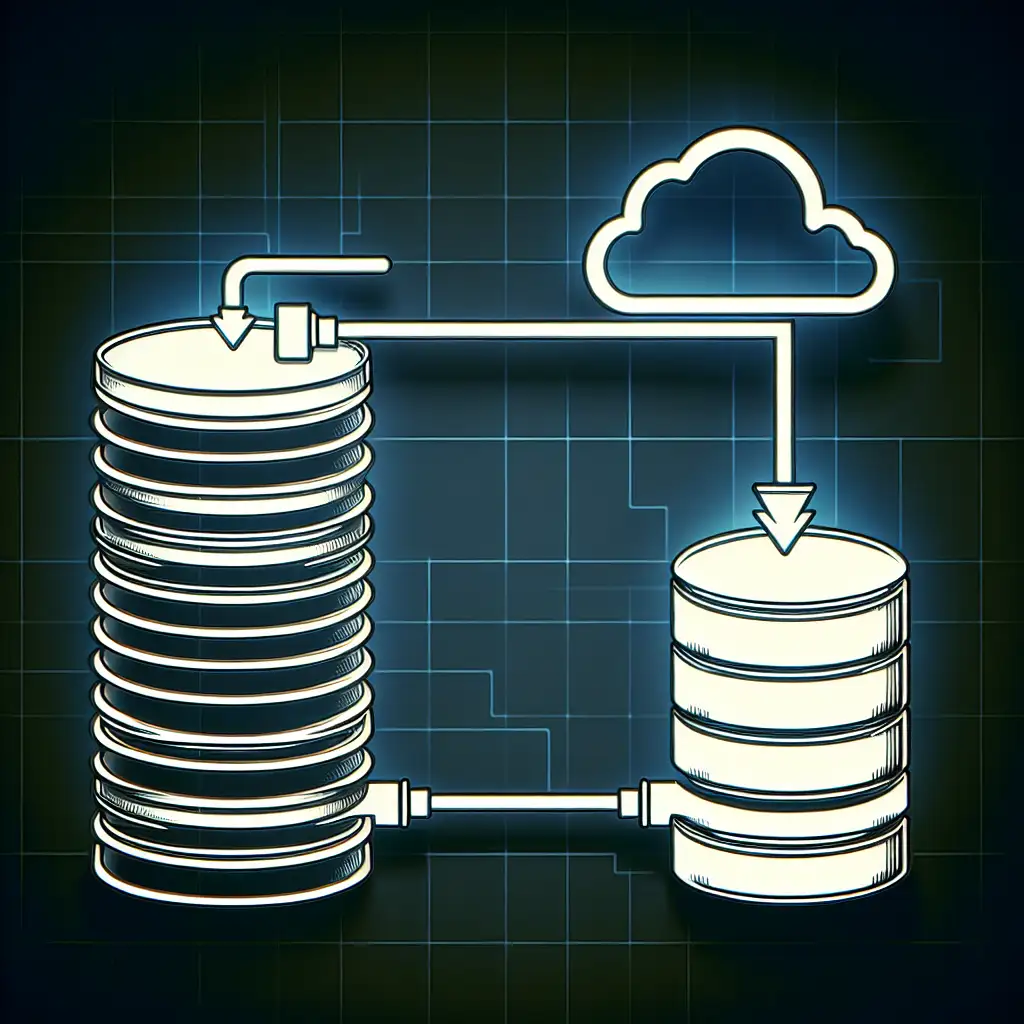Mastering Data Migration from Oracle to Redshift: Step-by-Step Best Practices
Forget 'lift-and-shift' myths—true success in Oracle to Redshift migration demands strategic optimization, not just copy-paste moves. Here’s how to execute a migration that prepares your data infrastructure for future scale and agility.
Migrating your data warehouse from Oracle to Amazon Redshift is more than just a technical exercise—it's a transformational journey. With cloud-native solutions driving modern analytics, Redshift offers scalable performance and cost advantages that legacy systems like Oracle often can’t match. But without the right approach, you risk costly downtime, data loss, or painful performance pitfalls.
In this post, I’ll walk you through practical, step-by-step best practices for migrating your data seamlessly from Oracle to Redshift. Whether you’re a data engineer or analytics lead, these actionable insights will help you avoid common traps and deliver a future-ready data platform.
Why Migrate From Oracle to Redshift?
Before diving into the how, let’s quickly recap why many organizations make this move:
- Cost Efficiency: Redshift offers pay-as-you-go pricing and better utilization of computing resources.
- Scalability: Scale up or down effortlessly as your data volume grows.
- Cloud-Native Integrations: Easy connection with AWS analytics services like Glue, Athena, and SageMaker.
- Performance at Scale: Columnar storage and Massively Parallel Processing (MPP) architecture speed up big queries.
Common Migration Challenges
- Schema Differences: Oracle’s complex datatypes and PL/SQL code don’t always translate directly.
- Data Volume & Speed: Moving terabytes of data could take days or weeks.
- Query Optimization: SQL tuning in Oracle won’t necessarily optimize Redshift queries.
- Downtime Risk: Keeping systems in sync during cutover is tricky.
So how do you navigate these pain points? Let’s break it down.
Step 1: Assess and Plan Your Migration
Inventory Your Oracle Environment
Identify all databases, schemas, tables, stored procedures, and dependencies. Don’t forget:
- Data sizes per table
- Frequency of updates
- Complex views and PL/SQL packages
- Security policies
Define Your Migration Goals
Are you migrating just raw tables or also historical data? Do you want real-time syncing during migration? Knowing this upfront shapes your timeline and tool selection.
Select Your Tools
Popular options include:
- AWS Schema Conversion Tool (SCT): Helps convert schema objects from Oracle to Redshift-compatible formats.
- AWS Database Migration Service (DMS): For continuous replication or one-time bulk loading.
- Custom ETL with Spark/Python: When complex transformations are needed.
Step 2: Convert Schema – Don't Just Copy-Paste
Oracle's rich datatype ecosystem doesn’t always align with Redshift’s simpler model.
Example: Mapping Data Types
| Oracle Type | Redshift Equivalent |
|---|---|
| NUMBER(p,s) | DECIMAL(p,s) |
| VARCHAR2(size) | VARCHAR(size) |
| DATE | TIMESTAMP |
| CLOB | VARCHAR(max) / TEXT |
Beware of unsupported features in Redshift such as materialized views or certain PL/SQL code blocks—they will require redesign or rewriting as SQL scripts or ETL jobs.
Use AWS SCT to automate schema conversion but always review its recommendations manually before applying changes.
Step 3: Extract and Load Your Data Efficiently
Loading massive datasets can be the most time-consuming phase. Here’s how to expedite:
Use Amazon S3 as Staging Storage
- Export Oracle tables using
SQL*PlusorOracle Data Pumpin flat file formats (CSV,Parquet). - Upload files to S3 buckets—Redshift integrates natively here for bulk copy jobs.
Leverage the COPY Command
Redshift’s COPY command is optimized for massively parallel ingestion:
COPY sales
FROM 's3://your-bucket/sales_data/'
IAM_ROLE 'arn:aws:iam::<account-id>:role/RedshiftCopyRole'
CSV
IGNOREHEADER 1;
This loads data efficiently compared to per-row inserts.
Step 4: Validate Data Integrity Rigorously
Never skip validation—ensure no records dropped or corrupted during transit:
- Compare row counts table-by-table in Oracle vs. Redshift.
- Spot-check key aggregates like sums and averages.
- Use checksum hashes on critical columns.
Automate validation scripts where possible for repeatability.
Step 5: Optimize Redshift for Performance Post-Migration
Simply loading your existing schemas won’t deliver peak performance:
Distribute Keys & Sort Keys
Identify natural join keys in your datasets and assign appropriate distribution keys (DISTKEY). Sort keys (SORTKEY) enable faster query filtering on sorted columns.
For example:
CREATE TABLE sales(
sale_id INT,
product_id INT,
sale_date DATE,
amount DECIMAL(10,2)
)
DISTKEY(product_id)
SORTKEY(sale_date);
Analyze & Vacuum Regularly
Run ANALYZE to refresh query optimizer stats after inserts; run VACUUM for removing deleted rows periodically:
ANALYZE sales;
VACUUM FULL sales;
Step 6: Migrate Stored Procedures & Business Logic Thoughtfully
Redshift doesn’t support PL/SQL natively:
- Rewrite stored procedures as Redshift User Defined Functions (UDFs) using Python or SQL where possible.
- Offload complex transformations into AWS Glue / EMR Spark jobs if too complex for UDFs.
This step might require incremental adoption rather than one-shot migration.
Step 7: Plan Your Cutover Strategically
For minimal downtime:
- Use DMS CDC (Change Data Capture) feature to keep source and target in sync while testing.
- Execute cutover during low usage windows after extensive validation.
- Have rollback plans ready—a backup of source DB is best practice.
Final Thoughts
Migrating from Oracle to Redshift unlocks a modern analytics paradigm built for the cloud era—but success lies in strategic adaptation rather than copying legacy patterns verbatim. Follow these steps carefully—from assessment through optimization—and you'll build an agile foundation primed for growth and innovation.
If you’re embarking on an Oracle-to-Redshift migration journey soon, remember: good planning + smart use of AWS tools + rigorous testing = smooth transition.
Feel free to reach out if you want sample scripts or detailed templates—I’m happy to share!
Happy migrating! 🚀
